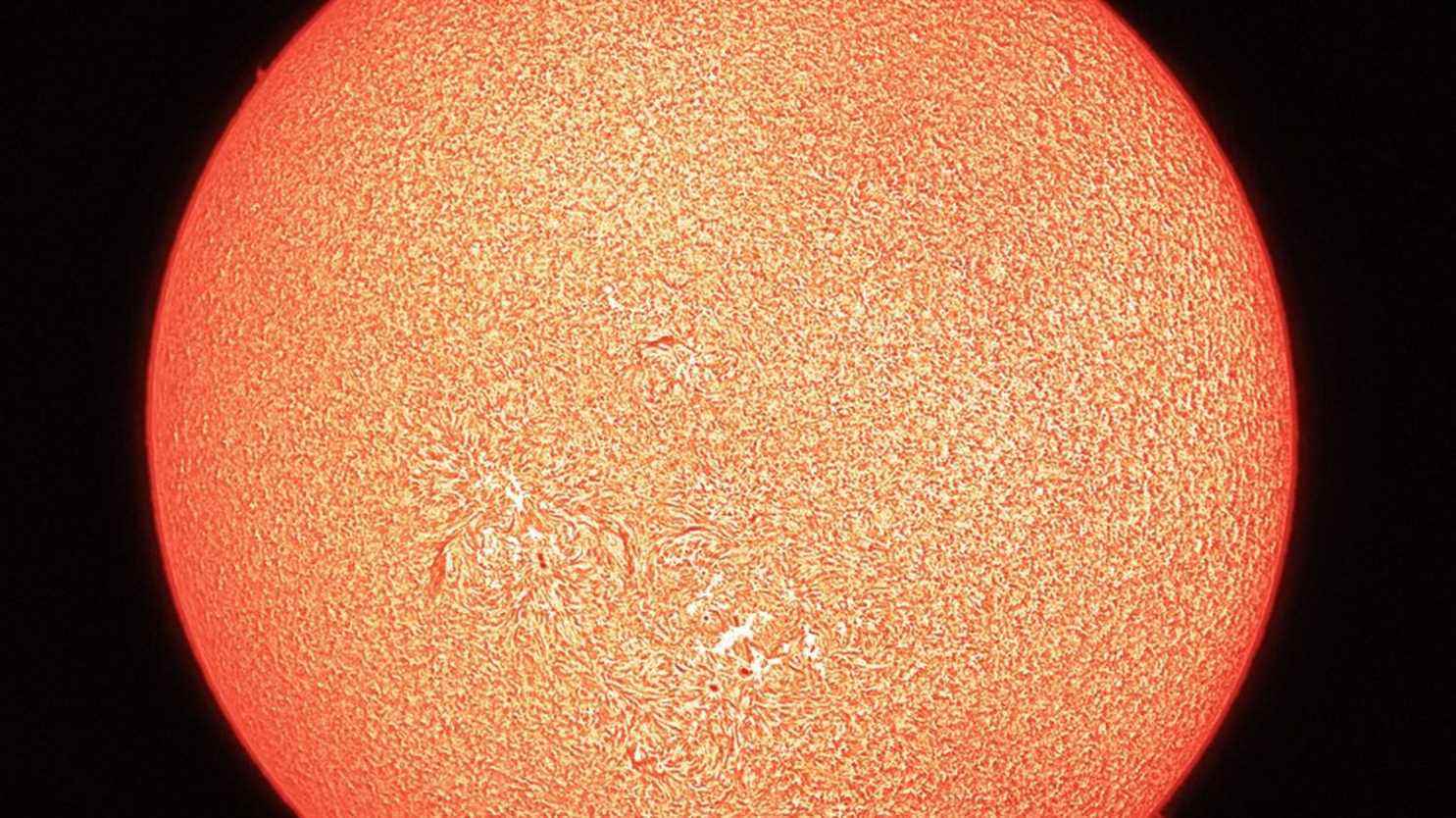With Mathilde Fontez, editor-in-chief of the scientific magazine Epsiloon, we are talking today about this solar storm which led, on February 4, to the destruction of 40 satellites which had just been launched. An example of our vulnerability to the moods of the Sun, which should reach its maximum intensity in 2025.
franceinfo: It was an accident that took place in space a few days ago, 40 satellites were destroyed, what happened?
Mathilde Fontez: These are satellites from Elon Musk’s SpaceX company. They were launched on February 3, to take their place in the constellation of Starlink satellites. It is this cloud of thousands of satellites that the company deploys in space to form an Internet network on a planetary scale.

Except that a solar storm prevented them from reaching their final orbit. And they came back down into the atmosphere, where they disintegrated. SpaceX announced the failure of this mission earlier this week in a press release.
What caused the problem?
Particles sent by the Sun: sometimes our star erupts. A jet of solar matter is propelled into space. And when it hits the Earth, it reacts with the atmosphere, and with the Earth’s magnetic field. This is what causes, for example, the aurora borealis…
There, the eruption took place on January 29. She arrived on Earth on February 2. And it changed the density of the upper atmosphere, where the satellites were deposited by the rocket. According to SpaceX, this altered their drag, and they were unable to exit their “default” mode. So they fell like stones…
It had already happened?
There have been satellite failures before, because of solar storms, yes. Not just at launches. Charged particles from the Sun can strike their electronic circuits and cause damage – they are designed to withstand an average particle flux, but not such intense radiation. These particles can also damage their solar panels, jam their communications with the Earth.
It is therefore the alert launched by this crash: because we are more dependent than ever on these communication networks in orbit. And solar storms, there will be. This is only the beginning: the Sun follows an 11-year cycle and is currently approaching its maximum intensity, which should be reached in 2025. Specialists expect extreme solar events in the coming years.

How to protect yourself from it?
By monitoring the Sun, to anticipate flares, and turn off the satellites when necessary. Or even modify their trajectory. The European Space Agency has just relaunched a mission in this direction: an observation satellite, Vigil, is being designed which will be launched into orbit to improve this solar monitoring…
